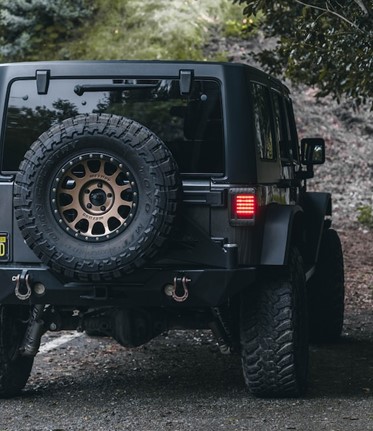
Shooting drills benefit both seasoned shooters and novices.
While these exercises can be done for the sake of fun, serious shooters know that shooting drills were designed to enhance real-world proficiency when handling and using a firearm. Shooting drills help boost accuracy, enhance proficiency, improve reaction time, and refine overall skills when handling firearms – all of which can be crucial for tactical situations or self-defense.
Richard Kane Mansir explores the best shooting drills for proficiency and skill development, touching on firearm safety techniques.
Targeting Mastery: 3 Best Drills for Development
Before attempting any of these shooting drills, it’s best that a shooter is familiar with a handgun’s parts and functions. The following handgun drills can be done with both a semi-automatic or a revolver, but for simplicity purposes, let’s assume a semi-automatic is being used.
Mozambique Drill
This shooting drill emphasizes accurate shot placement, a crucial factor in concluding a defensive encounter, into an opponent’s critical areas. It also facilitates the practice of transitioning between shots on the same target.
How to Do It:
- Use a silhouette target featuring prominent head and chest areas then set it up between 7-10 yards away. If range regulation permits, begin with the pistol holstered.
- Upon go signal, fire two shots to the target’s chest and one to the head. Maintain the firearm’s aim the target, making sure it’s down.
5×5 Drill
This drill requires a large sheet of paper with 25 1-inch circles spaced half an inch apart, in a 5×5 grid. Set it up about 3 yards away. Load 5 rounds each into two magazines.
How to Do It:
- Start in the compressed ready position or the low ready position.
- Aim at the top left circle then fire two shots slowly and carefully. On the same row, move to the second circle and fire two shots. Fire the last round at the third circle, reload, then fire one more shot. Fire two shots each at the fourth and fifth circle.
- Reload your magazine and repeat the sequence for the remaining rows.
- Try to aim, fire, and reload faster going through each row.
- To count as hits, the shots must be within the circles.

El Presidente
This shooting drill was developed by Jeff Cooper. It’s designed to enhance draw-timing, target transitioning, reloading, and other basic movement skills.
How to Do It:
- Set up 3 targets set up at 10 yards away. The targets should be about 1 yard apart.
- Begin with a holstered handgun. Upon the go signal, turn and then draw, then fire two shots on each target.
Swift and Secure: Quick Firearm Safety Tips
- Treat and handle every gun as if it’s loaded
- Always point the firearm in a safe direction, especially away from people
- Shooters should never aim the firearm at anything they don’t intend to shoot
- Keep fingers off the trigger until ready to shoot
- Before shooting a target, make sure what’s behind or beyond it
Proficiency and skill development are what shooters should aim for when practicing and shooting drills. Each exercise provides an opportunity to refine a shooter’s marksmanship, contributing to a safer and more skilled shooter community.






